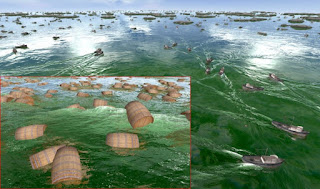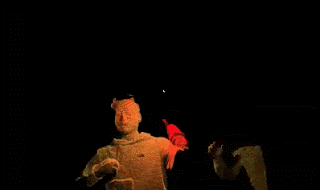This month, HCI Lab researchers and
colleagues from iMareCulture have published a peer-review paper at Frontiers in
Robotics and AI entitled "Impact of Dehazing on Underwater Marker
Detection for Augmented Reality". The paper describes the visibility
conditions affecting underwater scenes and shows existing dehazing techniques
that successfully improve the quality of underwater images. Four underwater
dehazing methods are selected for evaluation of their capability of improving
the success of square marker detection in underwater videos. Two reviewed
methods represent approaches of image restoration: Multi-Scale Fusion, and
Bright Channel Prior.
Another two methods evaluated,
the Automatic Color Enhancement and the Screened Poisson Equation, are methods
of image enhancement. The evaluation uses diverse test data set to evaluate
different environmental conditions. Results of the evaluation show an increased
number of successful marker detections in videos pre-processed by dehazing
algorithms and evaluate the performance of each compared method. The Screened
Poisson method performs slightly better to other methods across various tested
environments, while Bright Channel Prior and Automatic Color Enhancement shows
similarly positive results.
More information:




